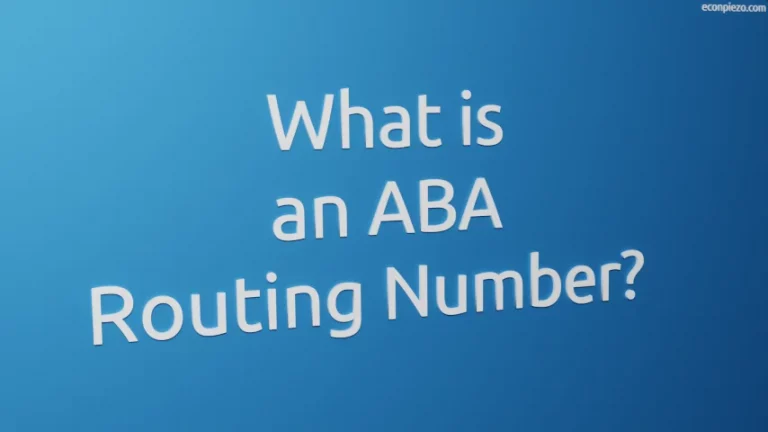Equity markets are volatile. Price fluctuations in equity markets are the outcome of the supply and demand of a particular security at a point in time. If the demand for security is higher than its supply then it would push the prices higher and vice versa.
Higher volatility signals that the movement in the price of a security is large. That doesn’t mean it would always be on the lower side. But, in general, higher volatility is often associated with security prices moving lower.
Price movements in equity markets can be due to changes in fundamentals, corporate actions, news, etc. Higher volatility is good for investors and traders alike. It provides enough liquidity and market participants can take large positions on either side which otherwise may not be possible in certain cases.
What is Volatility?
Volatility is measured as the standard deviation of change in security prices over a specific time period. It is mainly a measure of both the magnitude and frequency of price fluctuations on either side. There are two types of volatility:
- Historical volatility and,
- Implied volatility.
Historical volatility measures historical price fluctuations over a pre-defined time period. While Implied volatility helps traders and investors understand how volatile markets could be in near future.
How does volatility affect the price of options? If the market expects a security to be volatile enough then, we may have to shell out a higher price for options and vice versa. But, it isn’t the only factor. As already covered, corporate action, changes in fundamentals, etc. can influence the price of options going forward.
Higher volatility not only helps traders & investors provide liquidity but also can act as a mechanism for efficient price discovery. Let’s say the market expects a company to do well in the medium term but for some reason, it couldn’t deliver as per market expectations. Then, the security of the company may experience large price fluctuations on the lower side. At this stage, not everyone will sell. Some may take fresh positions on the long side for the medium term, some may wait for a quarter or two before making a final decision.
Higher volatility can be an opportunity. How? When securities experience higher volatility for no reason then they could serve as the best entry and exit points for both investors and traders depending on their existing positions. Important: One shouldn’t rush to take fresh positions in securities that experience higher volatility till one is sure about the underlying cause of price fluctuations.
Measuring Equity market volatility
If we want to know how volatile security is then it can be known through its beta(β) relative to the S&P 500 Index (beta: 1). So, if a security has a beta of 0.7 then for every 10% fall in S&P 500 our security would fall only 7%. On the other hand, for every 10% rise in S&P 500, the security would rise only 7%.
But, when it comes to the entire equity market, we have Cboe Volatility Index (VIX). The VIX Index reflects 30-day expected equity market volatility. It is based on real-time S&P 500 Index options prices. It is a forward-looking measure and is considered a leading indicator of the U.S. equity market.
If the VIX index starts moving upward then this indicates equity markets would trend down and vice versa. Though this doesn’t happen all the time. In some cases, a higher VIX Index would take the market higher.
An investor won’t prefer higher volatility. But, an active equity market trader would absolutely love it. If securities don’t move much then money can’t be made. Traders look to sell high and buy low. The difference is their profit. The bigger the price movement the bigger their profit is. At least, they can expect exits with minimum losses if trades don’t go in their favor.
From the investor’s perspective, higher volatility isn’t something they like to see because they invest for the medium to long term. But, when price movement is large for some reason then, they can either enter or exit at attractive levels.






